Thanksgiving is tomorrow and we are thankful for many things at J. Gibson McIlvain. It is a blessing to be surrounded by so much beautiful wood and to be able to work with so many customers who are passionate about what they do. Whether it be boats, homes, or furniture we are all bound together by the medium we work with: wood. So thank you to all our suppliers, partners, and certainly our customers for allowing us to earn your business and sharing your passion with us.
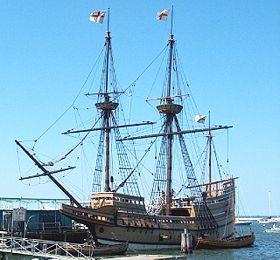
I thought it appropriate this week to take a detour from our usual topics and share some history. We have a proud 213 year history at J. Gibson McIlvain, but I want to go back even further and talk about something particularly relevant to this holiday. We all know about the good ship Mayflower that brought the Pilgrims to Plymouth. It was a good English built ship made from English White Oak. English Oak, Quercus robur, is also known as Royal Oak. These trees grow extremely large often exceeding 150 feet high with trunk diameters exceeding 30 feet. It was truly a tree which “built an empire” as many British historians claim. Unfortunately Dutch Elm disease took a toll on English Oak in the 17th century so the resource quickly came into question.
This decline in available ship building timber meant that nothing went to waste. When a ship was deemed no longer seaworthy it was broken up and used for other building projects like homes and barns. Although no documented evidence exists, some oral histories claim that this was exactly what happened to the Mayflower that brought Pilgrims to the new world.
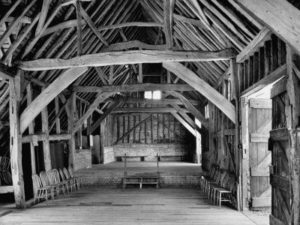
The Mayflower was decommissioned in 1624 and the lumber reclaimed and sold. Some claim that the Mayflower Barn in Jordans, England was the result of this sale and historians have found evidence such as a crack in the central beam and the letters ER HAR. Ships logs document damage the Mayflower sustained during her voyage to North America that almost forced the Pilgrims to return home. During a bad storm a hull beam cracked and was later repaired with the aid of a large screw, most likely from a printing press. The mysterious letters could be referring to the name on the transom of the ship that read, Mayflower Harwich (the home port).
Again no actual proof has been found, but there is something very exciting about speculating that such an auspicious vessel has found new life in an everyday object like a barn and that English Oak is still working hard 400 years later. I have mentioned here that J. Gibson McIlvain is investigating the reclaimed timber industry as a potential new product line. We pride ourselves on the quality of our lumber and reclaimed timber poses a problem because the traditional measure of quality just doesn’t apply here. However, the story behind the timber and the feeling of giving this wood new life so it can continue to be appreciate for it’s strength and beauty is something that we and all our customers can get behind.
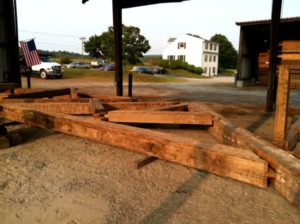
Happy Thanksgiving from J. Gibson McIlvain

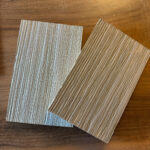

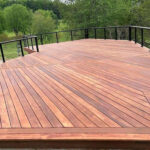
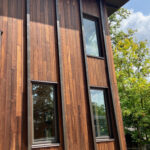




Leave a Reply